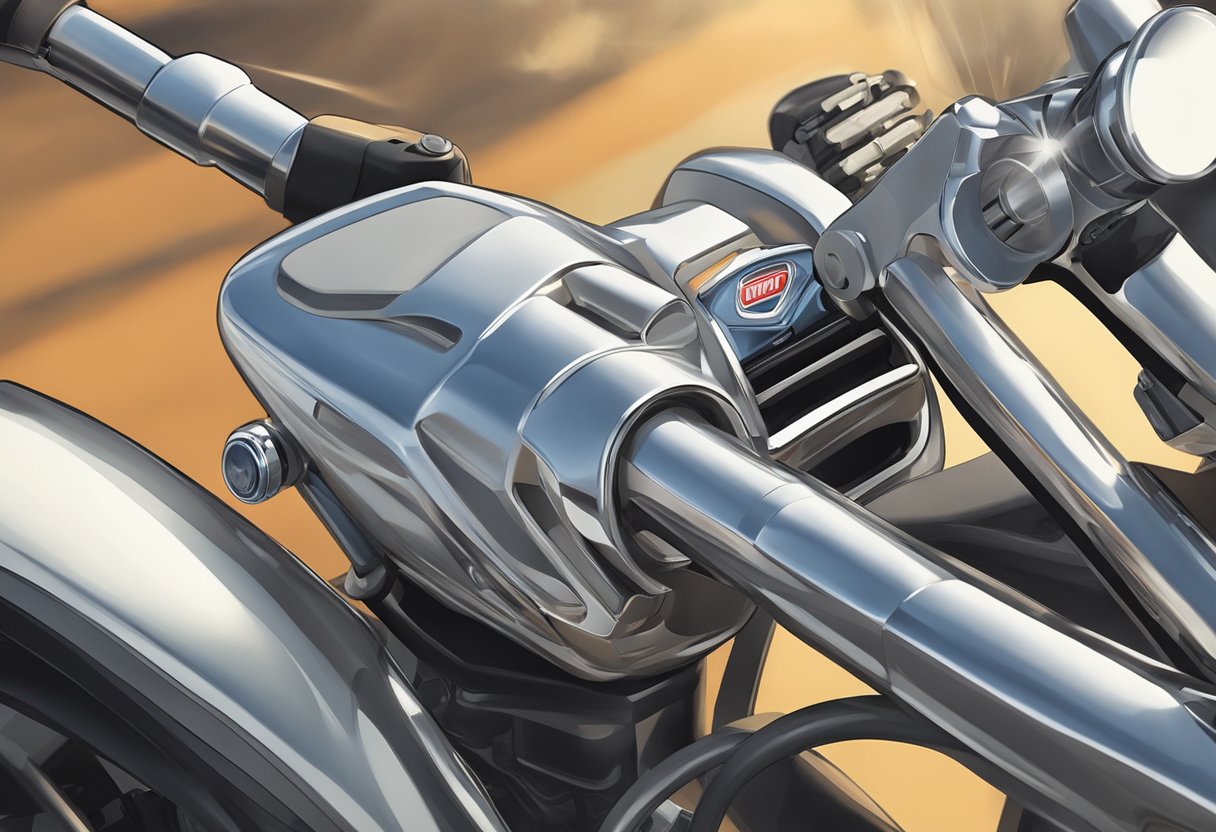Starting a Ducati motorcycle is an exhilarating experience that showcases the pinnacle of Italian engineering. Renowned for their performance and design, Ducati bikes require a certain level of understanding to start correctly, ensuring the longevity of their complex mechanisms. This process isn’t just about turning a key; it’s about engaging with a sophisticated piece of machinery and begins with familiarizing oneself with the bike’s specific startup requirements. Riders should consider the model-specific steps and safety measures to ensure a smooth ignition every time.

Engaging the ignition system on a Ducati motorcycle necessitates a blend of preparation and precision. Every detail from ensuring that the motorcycle is in neutral to checking the battery health forms part of a ritual that guarantees the bike starts promptly and performs at its best. Some Ducati models may have unique features, such as using a PIN code or handling a key fob, which can alter the starting procedure slightly. Understanding the nuances of the model you’re operating can be the difference between a quick start and a preventable delay.
Key Takeaways
- Properly starting a Ducati involves model-specific procedures.
- Safety checks are integral before attempting ignition.
- Post-start inspections confirm the motorcycle’s readiness for operation.
Safety Precautions
Before attempting to start a Ducati motorcycle, riders must prioritize safety. This involves ensuring they have the correct gear and verifying the motorcycle’s condition to minimize risks.
Wearing Proper Gear
A rider must be equipped with safety gear before starting the bike. Fundamental gear includes:
- Helmet: A full-face helmet that meets safety standards.
- Gloves: Durable gloves to protect hands and improve grip.
- Boots: Over-ankle boots to protect feet and ankles.
- Jackets and Pants: Abrasion-resistant clothing, ideally made from leather or reinforced textiles.
How To Start A Ducati – Royal Enfield emphasizes the importance of protective riding gear, underscoring that a good helmet, gloves, and boots are essential for rider safety.
Checking the Motorcycle’s Condition
Inspecting the motorcycle thoroughly is crucial for safety and should include checks on:
- Tire Pressure and Condition: Ensure tires are properly inflated and free from excessive wear or damage.
- Fluid Levels: Check oil, coolant, and brake fluid levels.
- Lights and Signals: Confirm all lighting and signals are functional.
- Brakes: Verify brake pads are in good condition and the brake mechanism is working properly.
By paying attention to these details and adhering to safety precautions, riders substantially reduce their risk of accidents and mechanical failures.
Preparation for Starting
Before attempting to start a Ducati motorcycle, it is important to perform preliminary checks and setup procedures to ensure a smooth startup process.
Key Insertion
For motorcycles like the Ducati Multistrada, one begins by inserting the key into the ignition switch. The key should be turned to the ‘ON’ position, illuminating the dashboard, which indicates that the motorcycle’s electrical system is activated.
Neutral Gear Engagement
It is essential to ensure that the motorcycle is in neutral gear before starting. A green neutral indicator light on the dashboard confirms that the bike is in neutral. If the motorcycle is in gear, one must disengage the clutch and shift into neutral to prevent accidental movement upon starting.
Ignition Process
Starting a Ducati motorcycle involves a sequence of steps that are designed to ensure a smooth ignition. By paying close attention to these steps, riders can expect a reliable start.
Turning the Key
To initiate the ignition process, the key needs to be inserted into the ignition switch and turned to the “on” position. This action activates the motorcycle’s electrical systems, including the dashboard lights and instrument panel.
Using the Kill Switch
The kill switch is a safety feature that interrupts the ignition circuit. It must be in the “run” position before the engine can be started. Riders should ensure the kill switch is disengaged to allow electrical flow to the starter motor.
Pushing the Start Button
Once the key is turned and the kill switch is set to “run,” the rider can then push the start button. This sends a signal to the starter motor, which then cranks the engine. The start button is typically located on the right side of the handlebar for easy thumb access.
Post-Start Checks
After successfully starting a Ducati motorcycle, it is crucial to perform immediate post-start checks to ensure the bike’s optimal performance and safety. These checks provide a quick assessment of the motorcycle’s condition post-ignition.
Monitoring the Dashboard
An essential first step is to monitor the dashboard for any warning lights or messages. The rider should look for specific indicator lights, such as the oil pressure warning or check engine light, which can signal immediate issues. They should also check that the tachometer and speedometer are functioning properly and observe the fuel level to ensure there’s enough for the ride.
Listening to Engine Sound
They must also pay attention to the engine sound. A healthy Ducati engine should run smoothly with a consistent pitch. Any irregular sounds, such as knocking or rattling, could indicate mechanical problems. Listening carefully to the startup sound and the idle noise can alert riders to potential issues that may need professional attention.
